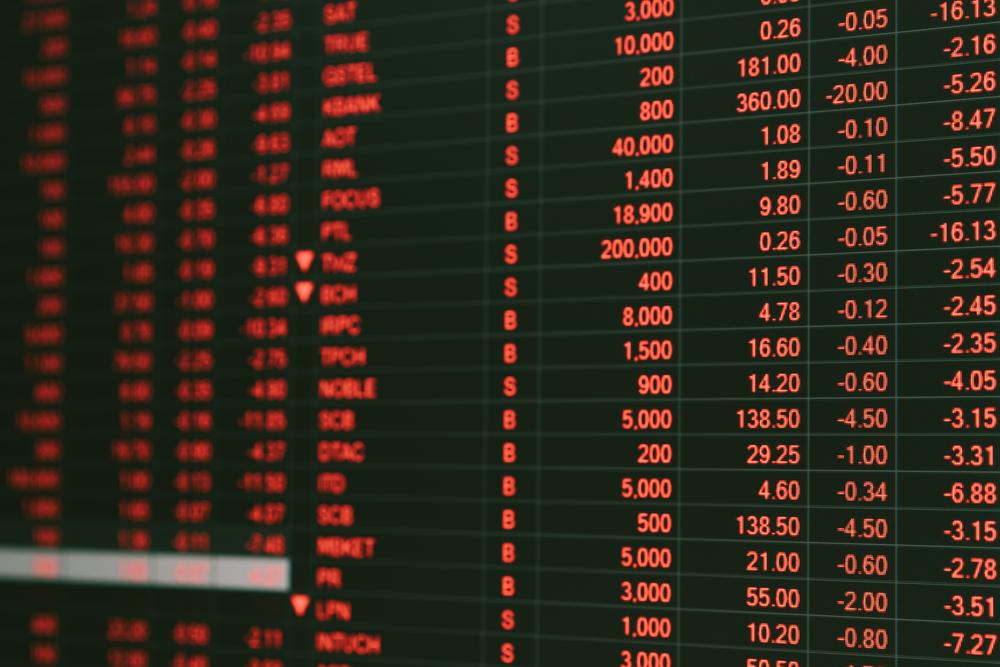With institutes such as the EMU releasing their Q3 performance figures, it has been apparent this morning that even the most reliable large economies have seen their GDP growth hit a period of friction in 2018.
Alongside the UK; Japan, Germany and China have all seen disappointing GDP performance. Trade tensions, turbulent exchange rates and speculative over-extension by developing economies have created volatile market conditions and left pundits feeling bearish.
Japan continues its underwhelming 2018:
Japan has suffered an on-year GDP contraction of 1.2% on-year, with a dip of 0.3% from last quarter’s impressive figures. This was on target following expansion in the prior quarter, but represents a GDP contraction in two of the three quarters in 2018, which follows eight consecutive quarters of growth prior to this financial year.
Germany slows amid exports slow-down:
Similarly but perhaps more worrying is the German manufacturing industry pumping the brakes. After what seemed like an almost decade-long period in the ascension, the 2018 Q3 represents the first GDP dip for the German economy since 2015, with an on-quarter drop of 0.2%. Growth per annum now stands at 1.1%, which sits behind Reuters polled forecasts of 1.3%.
Weakened performance comes amid domestic political tensions and international trade conflicts, but experts have also pointed out the damaging effects of new emissions policies on the profit margins of the auto export sector.
“The slight decline in GDP compared to the previous quarter was mainly due to foreign trade developments: provisional calculations show there were fewer exports but more imports in the third quarter than in the second,” said the Federal Statistics Office.
“The poor export performance, despite a weak euro exchange rate, suggests that trade tensions and weaknesses in emerging markets could continue to weigh on Germany’s growth performance”, said ING economist Carston Brzeski.
China continues to slow with tariff tensions:
On a similar note, China’s GDP growth has dropped to its lowest level since the first quarter of 2009, with trade tensions compiling its previous GDP slowdown. While an on-year growth of 6.5% is not to be scoffed at, it pales in comparison to China’s past trends, and evidences just how deeply rooted the pressures of the Sino-US tariff tensions are seated. The growth for the quarter lags behind the 6.7% growth of the last quarter, and the 6.6% growth forecast by Reuters.
Kelvin Tay of UBS Global Wealth Management told CNBC that the slow-down was unsurprising, “China cannot be growing at 6.6-6.7 percent every quarter because of the fact that they’re starting to deleverage and also for the fact that you’ve got a trade dispute going on with the Americans,”
“It’s very clear that China’s economy is on a very soft footing at this moment and in the meantime, we do see there are a lot of bearish sentiments towards China’s economic outlook, as well as the financial market outlook,” said Hao Zhou, senior emerging market economist for Asia at Commerzbank.




